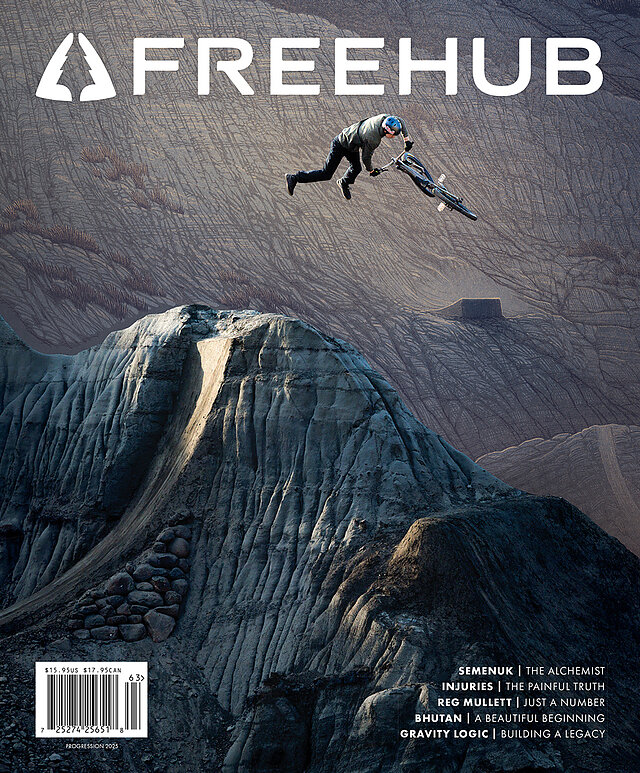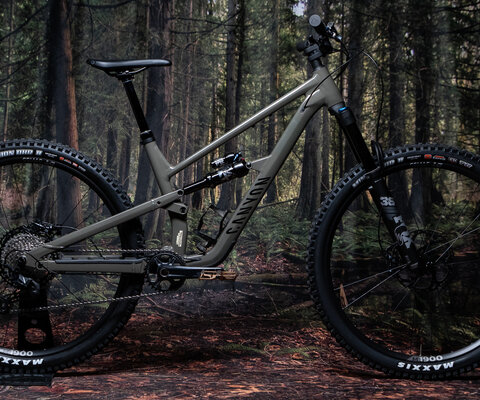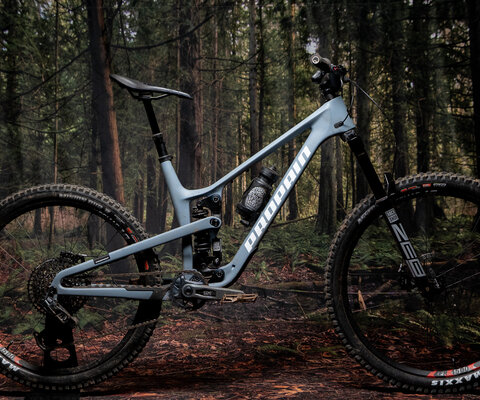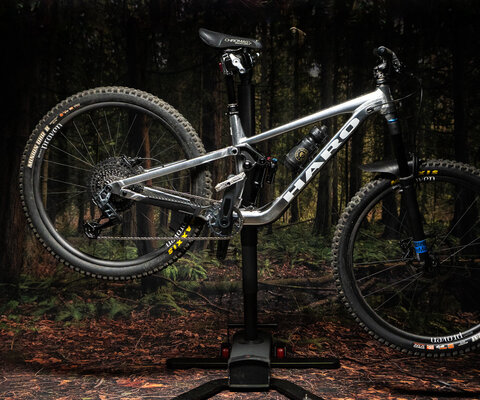Welcome to Issue 16.3
Think about the last time you really surprised yourself on a ride. Was the smile that lit up your face from relief, or was it a realization: Woah, I can do that now? This issue of Freehub is dedicated to those moments of progression, in the myriad ways they surface for both mountain bikers at the highest level of the sport, as well as those just beginning their fat-tire journeys. Brice Minnigh profiles Brandon Semenuk, a rider who has completely redefined entire disciplines with his creativity and obsessive work ethic. Reporting from Bhutan, Tim Wild shares the story of a group of women learning the skills necessary to begin guiding visiting mountain bikers from around the globe. Nicole Formosa examines the shifting culture of how professional athletes speak about injury and setback. Her piece sheds light on an insight anyone who has ever thrown a leg over a mountain bike knows: Real progression doesn’t come easy.
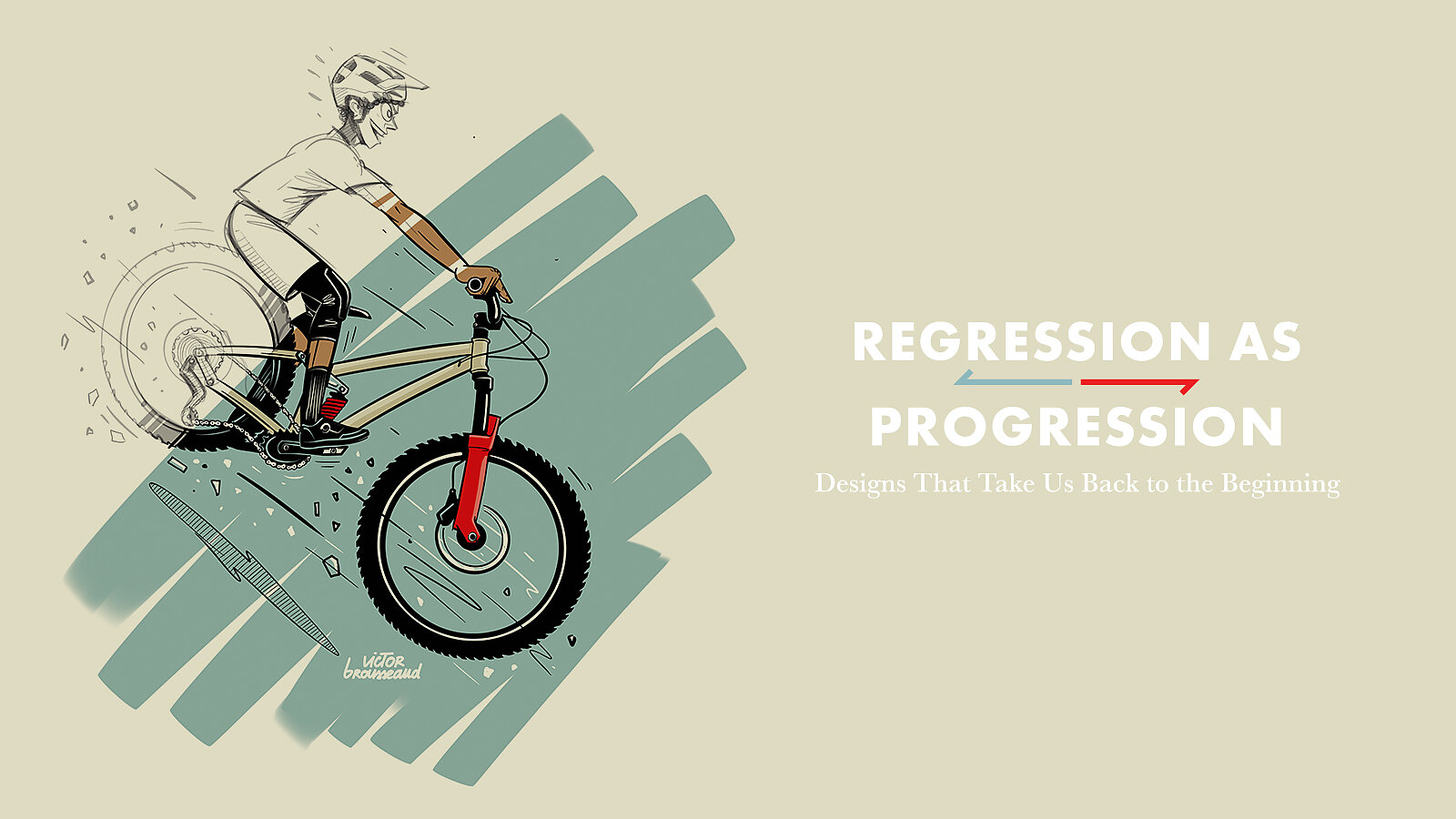
Technology. Innovation. Disruption. These are words that, for better or worse, have become virtues of the cultural moment we’re living in. And while nations around the world try to outcompete each other for the tools of tomorrow, this pattern is nothing new to mountain bikers.
Our culture is built on technology: the promise that shaving a few grams, adding a bit of stiff ness, or changing a fraction of an angle will make us better riders. And sometimes it does. But as a cohort obsessed with minutiae, we also know you can easily get lost in the weeds, and real-world benefits are harder to come by than hype.
Words by Matt Coté
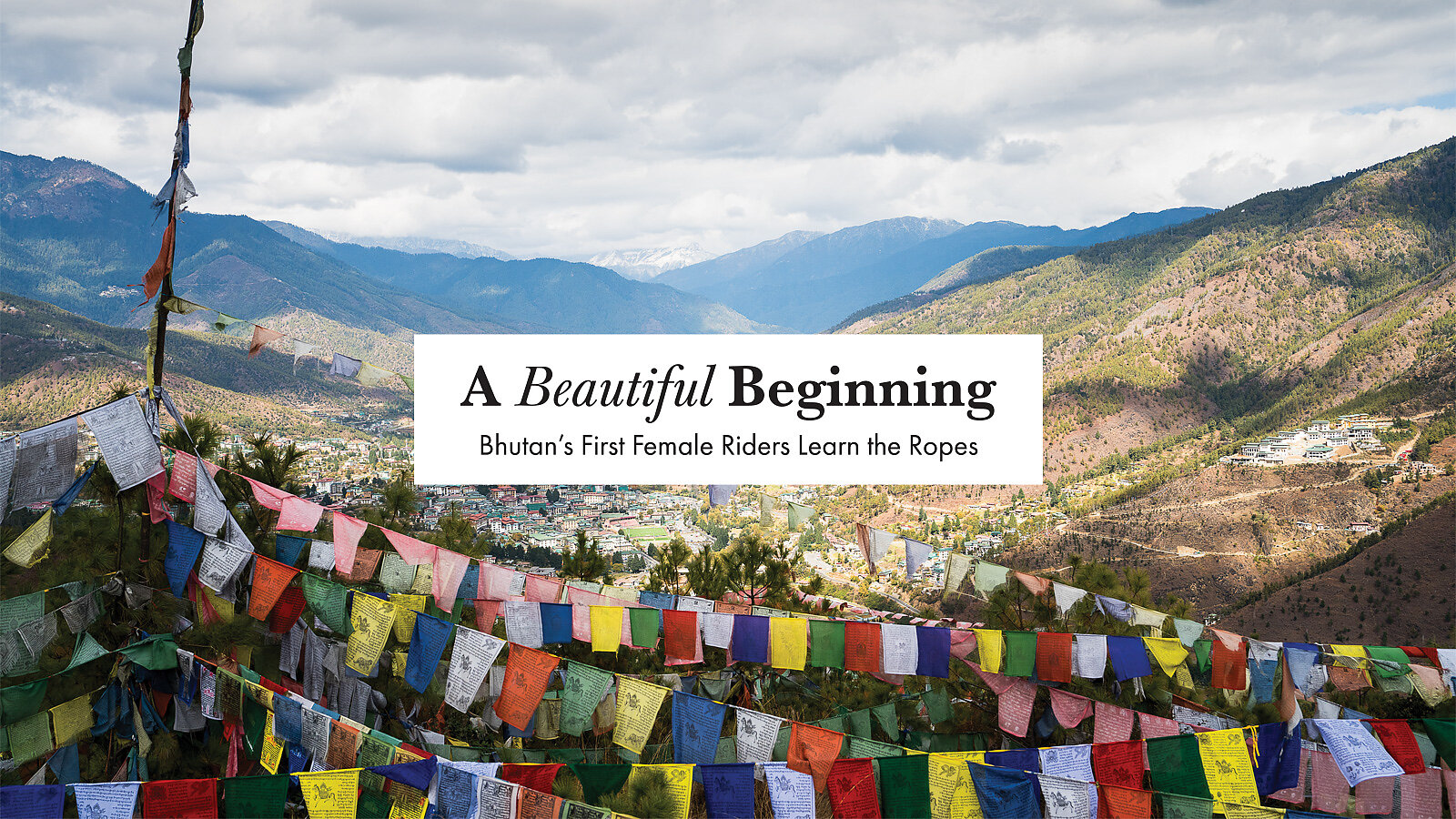
The stray dogs can’t believe their luck. Minutes after we skid to a stop on this remote mountain shelf, the air fills with the aromas of spiced dahl, beef stew, and a concoction made of cheese and chilies called Ema Datshi.
Instead of lounging in the dust or bothering birds, the dogs get to beg for scraps from 13 riders and their support crew as we sit on lush grass and enjoy this mid-ride feast. We’re not at a cafe or restaurant either—this meal has been lovingly cooked several miles below, driven up piping hot, then served onto real plates from the bed of a truck. The dogs might be happy, but we’re in heaven. Welcome to mountain biking in the Kingdom of Bhutan.
Words by Tim Wild
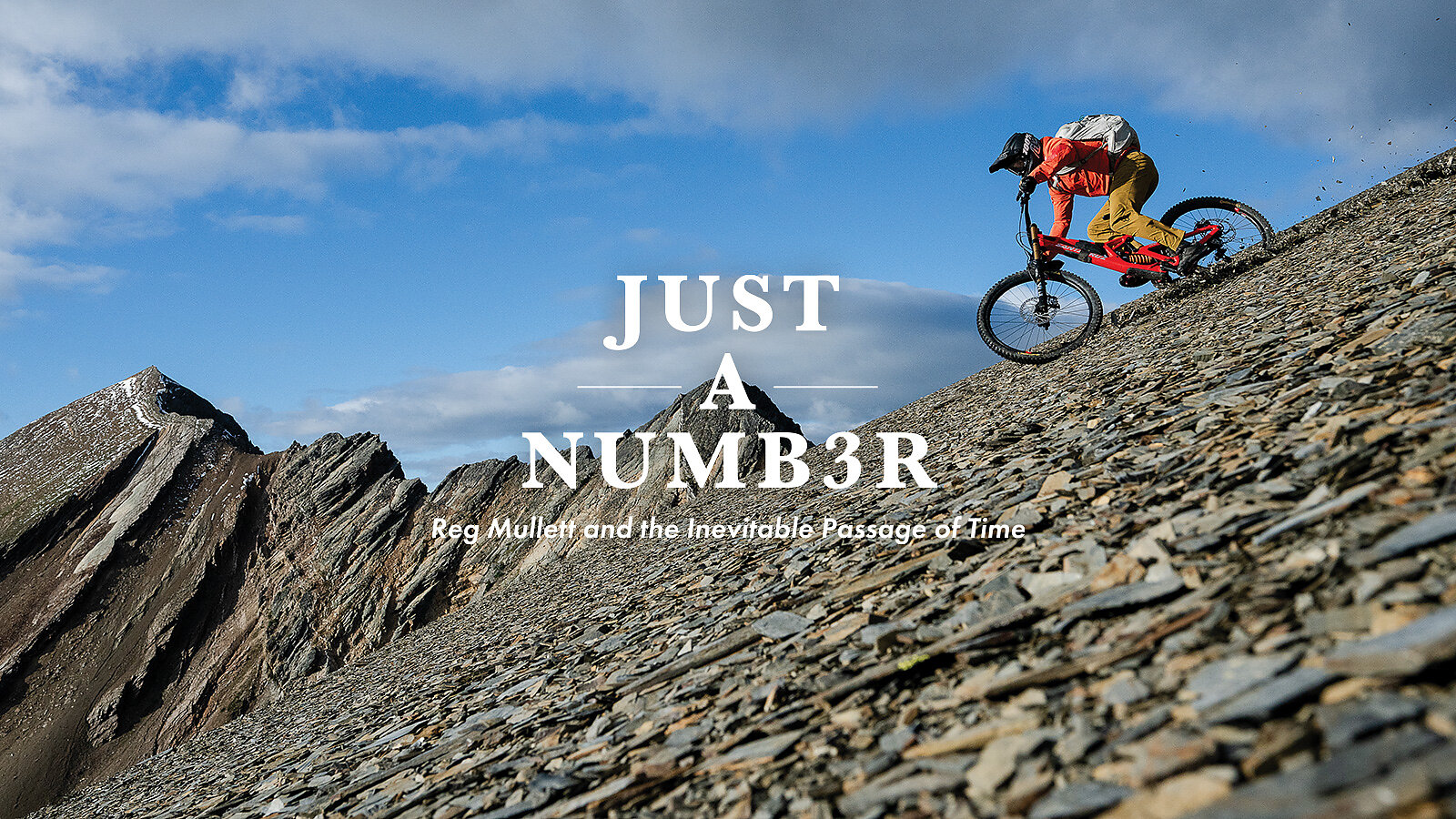
Something wasn’t right. At first, he thought he’d pulled a muscle in his back. But how? Then his breaths got shorter and harder. Eventually, he was coughing blood. By the time Reg Mullett got back from closing day at the Whistler Mountain Bike Park in 2019, 10 hours from his home in Calgary, Alberta, he was in the throes of a pulmonary embolism.
A stout, shaved-bald viking of a man, going down like this was unthinkable. At 46, he seemed invincible—usually outpacing men half his age. He and Mark Haimes had set the Guinness World Record for the most cumulative amount of vertical descended on a mountain bike in 24 hours on his 41st birthday and he’d built a life and lore around never stopping.
Words by Matt Coté
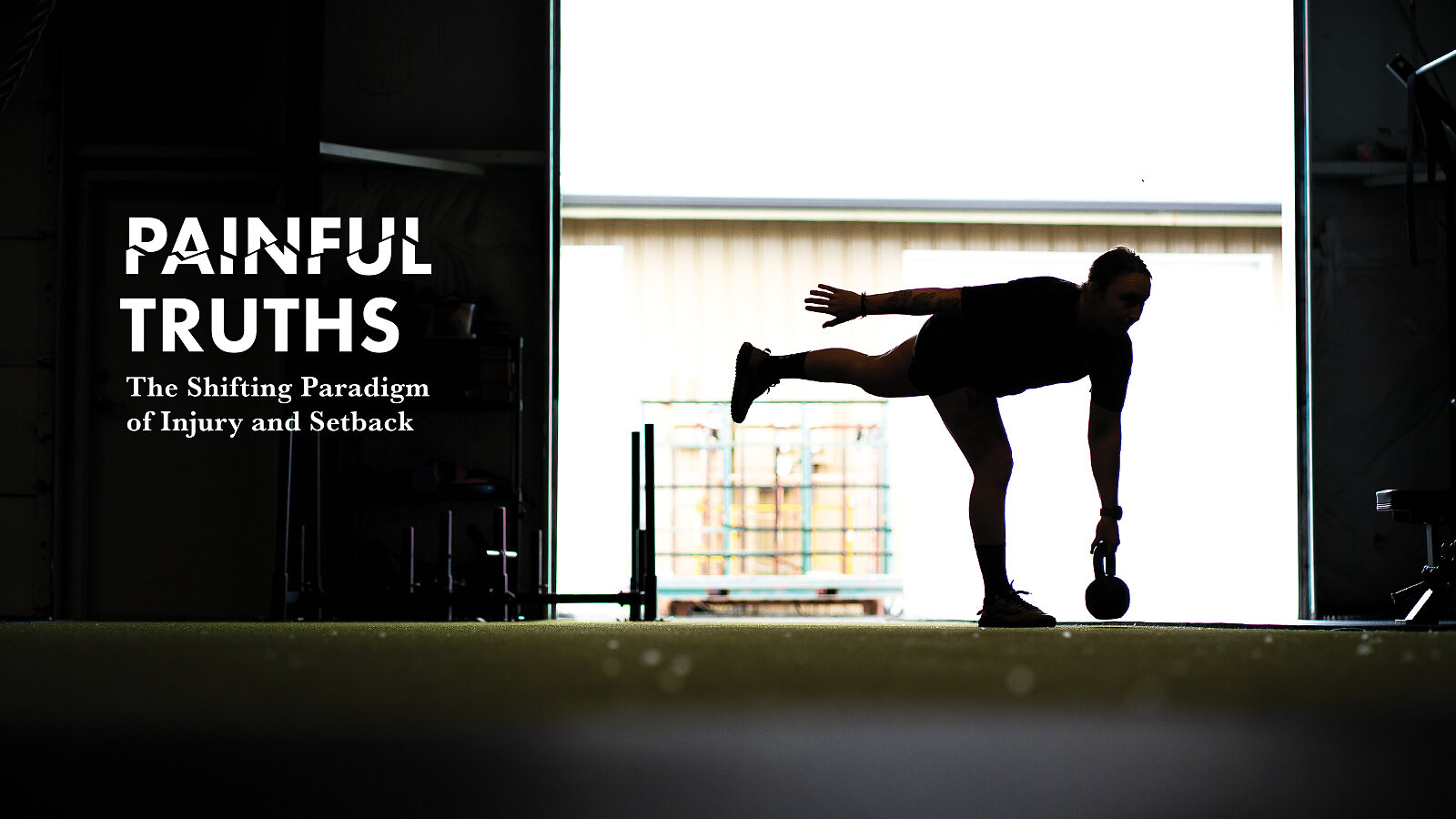
Hannah Bergemann’s doctor broke the news over the phone just six weeks before she was set to compete in the most anticipated event of her freeride career: the historic debut of women competing at Red Bull Rampage in 2024. She’d helped lead the charge for women to finally get a spot in the venerated freeride contest in Virgin, Utah, and was considered one of the frontrunners to land on the podium. That dream disintegrated in a moment.
What she hoped was a relatively minor ankle sprain sustained while going slightly deep on a drop turned out to be a torn achilles tendon, dislocated peroneal tendons and torn lateral ligaments that required surgery and months of recovery. Rampage was out.
Words by Nicole Formosa
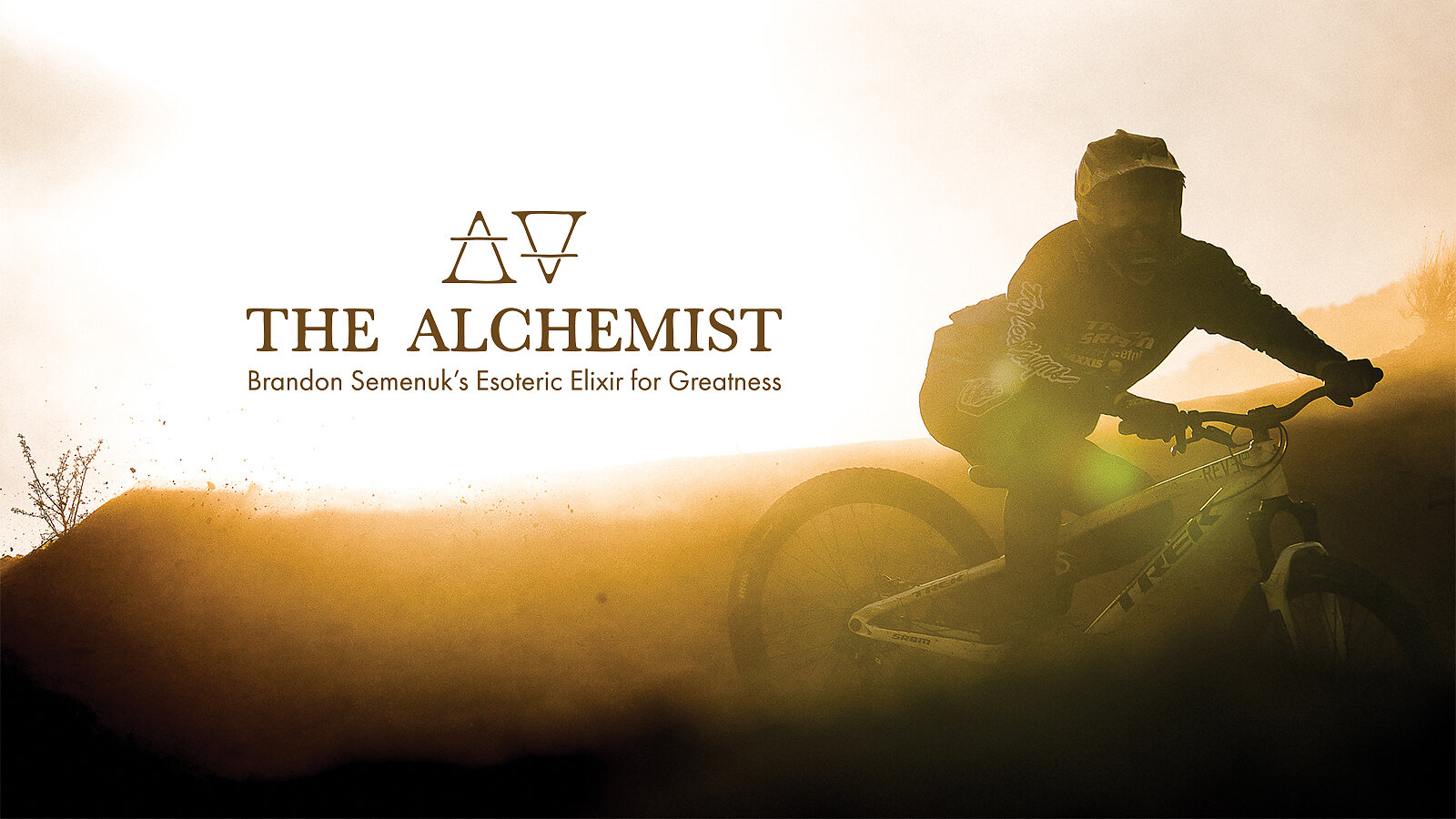
Proclaiming a G.O.A.T. in any sport is usually a contentious prospect. It typically sparks heated debates over such minutiae as weight classes, differing disciplines, or even the evolutionary leaps between a sport’s defining eras. This is no longer the case with mountain biking. At this point in our history, there is little question over who the Greatest of All Time is. It’s Brandon Semenuk.
Ask any pro, regardless of whether they’re a freerider, a slopestyler, a downhiller, an enduro ripper, or even a cross-country elite, and they’ll invariably say the same thing. Semenuk is not only the planet’s most versatile, progressive rider, but he’s made the biggest impact on the global perception of mountain biking—both with the core riding community and mainstream audiences.
Words by Brice Minnigh
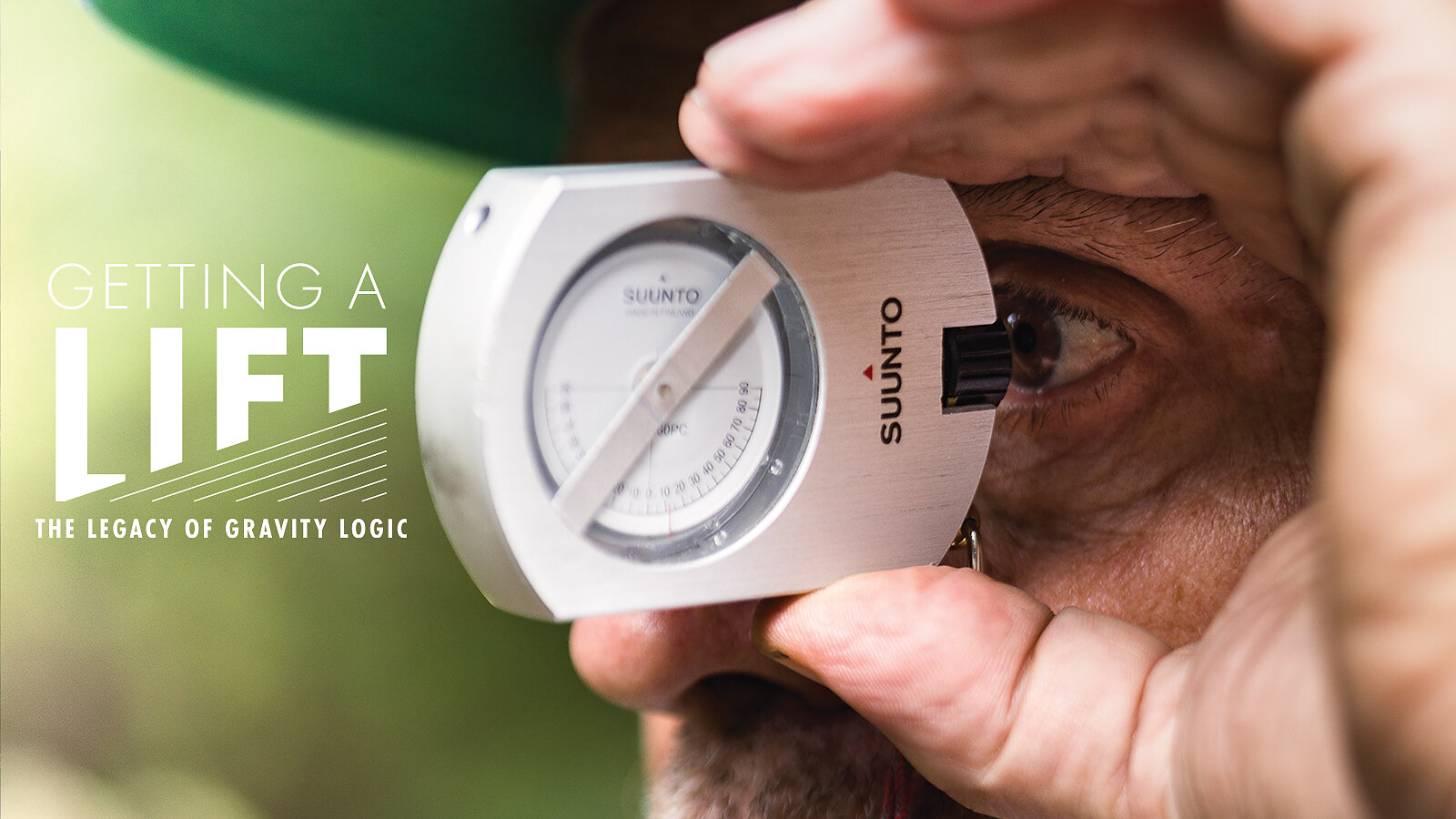
In hindsight it seems so obvious, like the love of your life who’s been hiding in plain sight for years. Attach your mountain bike to a chairlift, ride up the lift, unload your bike, then ride it down the hill. Repeat.
However, in the mid 1990s, lift-accessed mountain biking was a novel concept. Ski resort owners were scheming of ways to make better use of expensive lift and resort infrastructure that sat idle for half the year or more. A few American ski hills, like Mammoth in California and Killington in Vermont, had recently opened bike parks. Many other ski resorts were allowing bikes on lifts, but the trails were mostly technical, cross-country singletrack with—gasp—uphill sections.
Words by Andrew Findlay
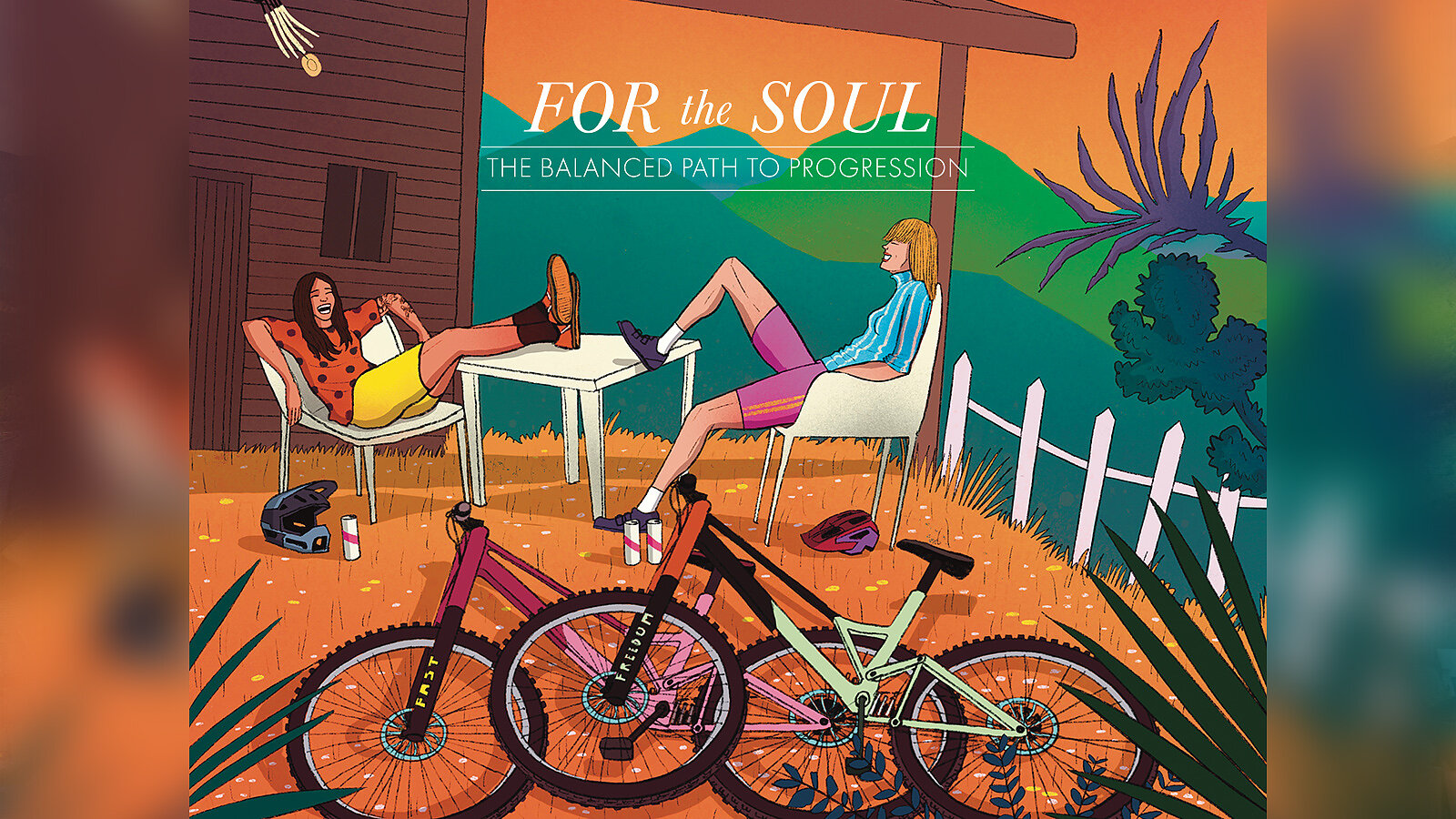
If you know me a little by now, you know how I feel about progression. If you don’t know me: I’ve been solely focused on progressing up the professional freeride mountain bike ladder for the past five years.
Even before I found freeriding and started pushing those limits, I was already hooked on the idea of constant improvement. I spent four years racing enduro but could never stick with a category long enough to take over the podium. As soon as I placed, I would move up a class just for the sake of the challenge. I love that chase. It’s exciting to push up from the back when no one expects it—here you are. Here, I am. That silly girl no one knows came and went!
Words by Blake Hansen
